The ninth edition of Harold Kerzner’s substantial, substantive project-management guide offers the comprehensive charts, diagrams and graphs you would expect in a graduate-level textbook, and yet it is surprisingly readable and relevant. Considered by many to be the leading “project management bible” in the planning industry, Kerzner’s book is a tour de force. Its 1,000-plus pages, thorough case studies and well-organized chapters empower you to select the areas where you most need to focus. getAbstract recommends it highly to students of the trade, practitioners and executives who want to learn more about managing projects.
Fighting Back in Hard Times
When the going gets tough, executives can cut jobs, although that endangers long-term profitability, or they can improve internal operations, which requires precision project management. Projects require a commitment of resources, and have definite start and end points. They call for a very strategic approach which includes:
- Establishing a definition for success – Decide how much to invest in what projects, and identify those projects’ expected returns.
- Defining the role of the project manager – How will project managers interact with line managers? With executives? With the organization at large?
- Involving executives – How much should executives participate and in what ways?
“16 Points to Project Management Maturity”
To bring your projects to fruition and build in-depth project management capacity, follow these 16 professional guidelines:
1. Select and Use One Project-Management Method
Once companies recognize the need to systematize their project-management initiatives, they typically begin with a “stage-gate” approach. Each phase, or stage, of the project leads...









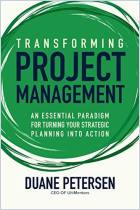
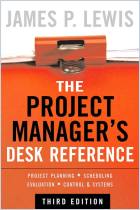
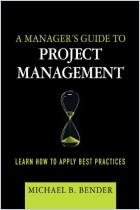
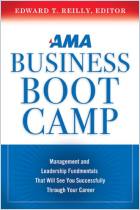
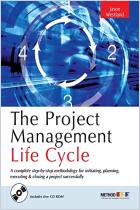
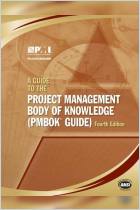



Comment on this summary or Comenzar discusión